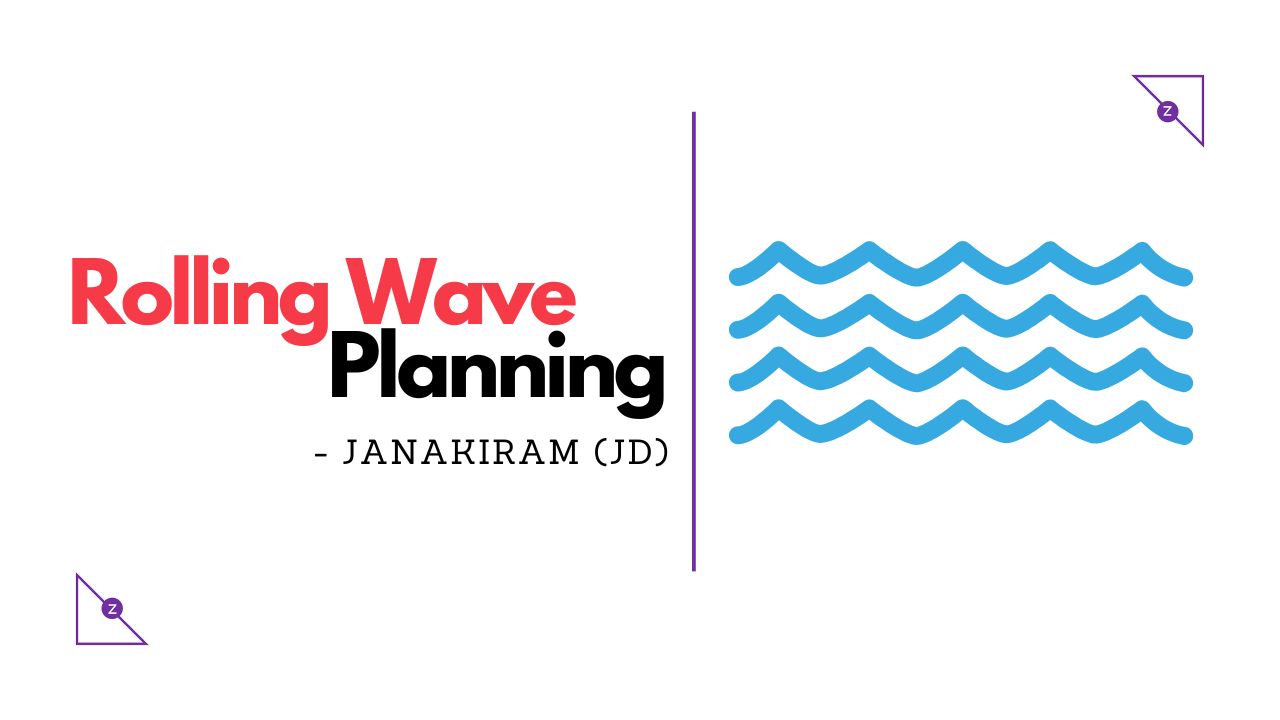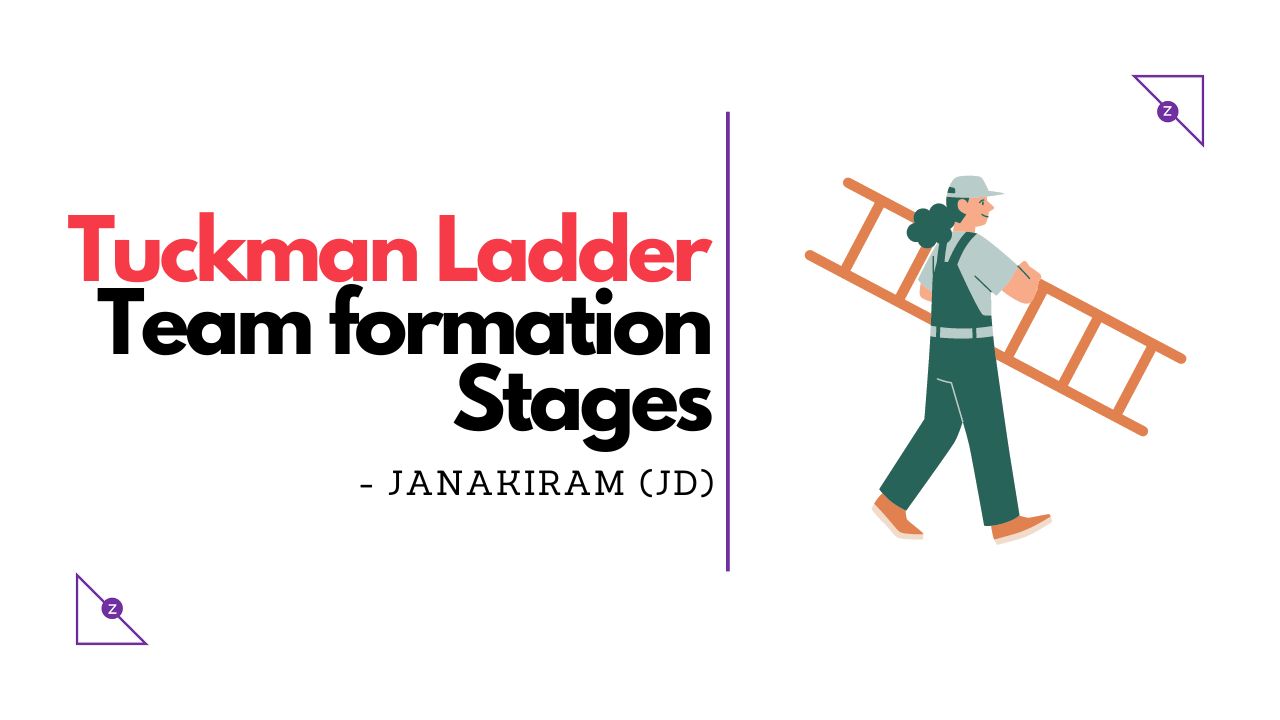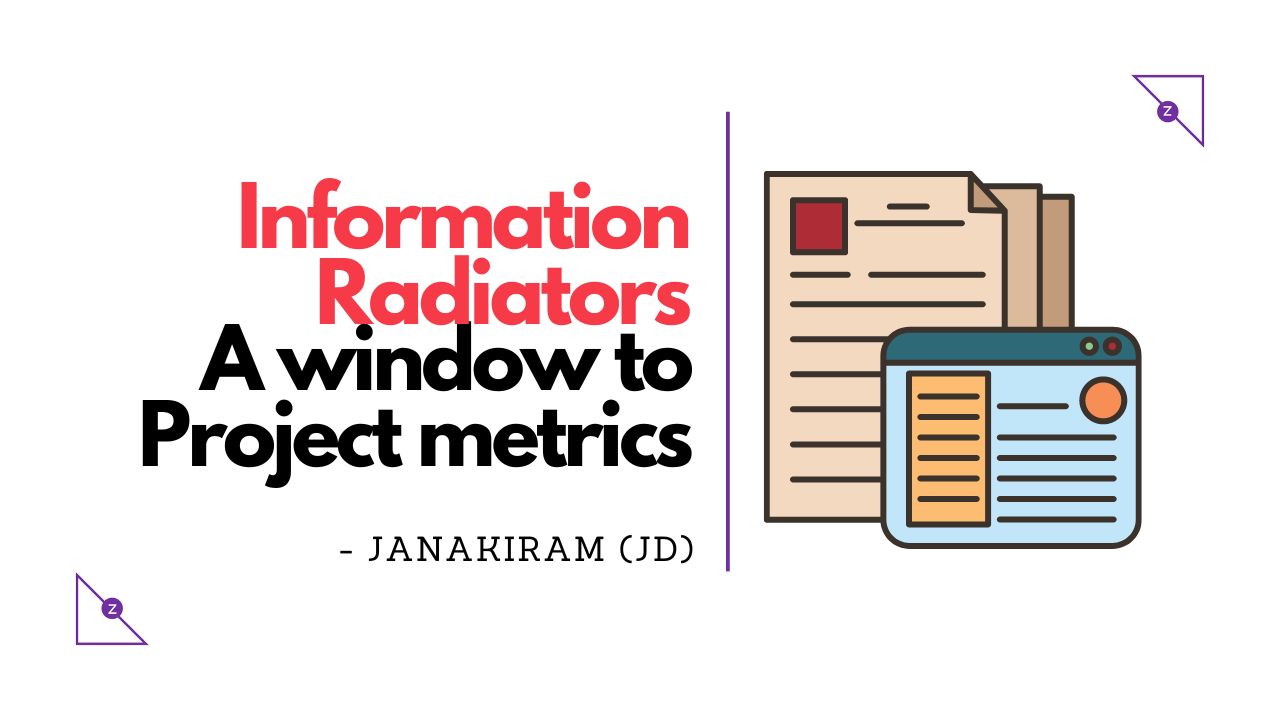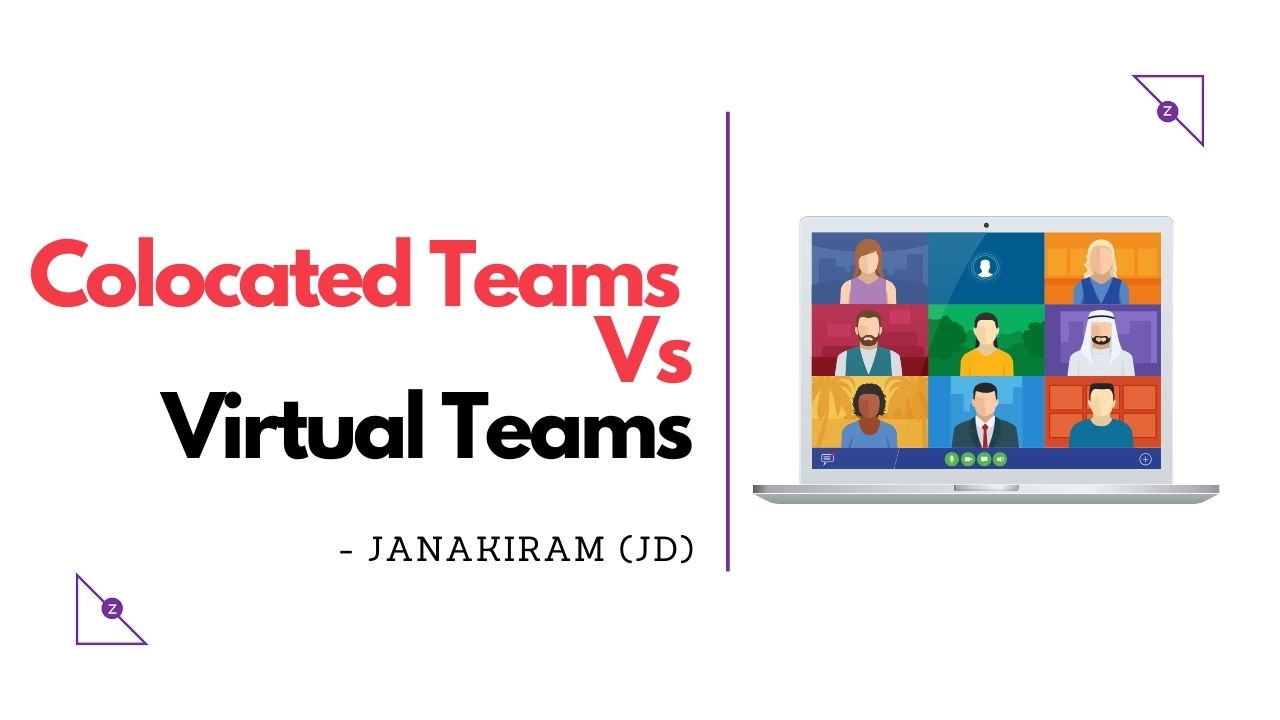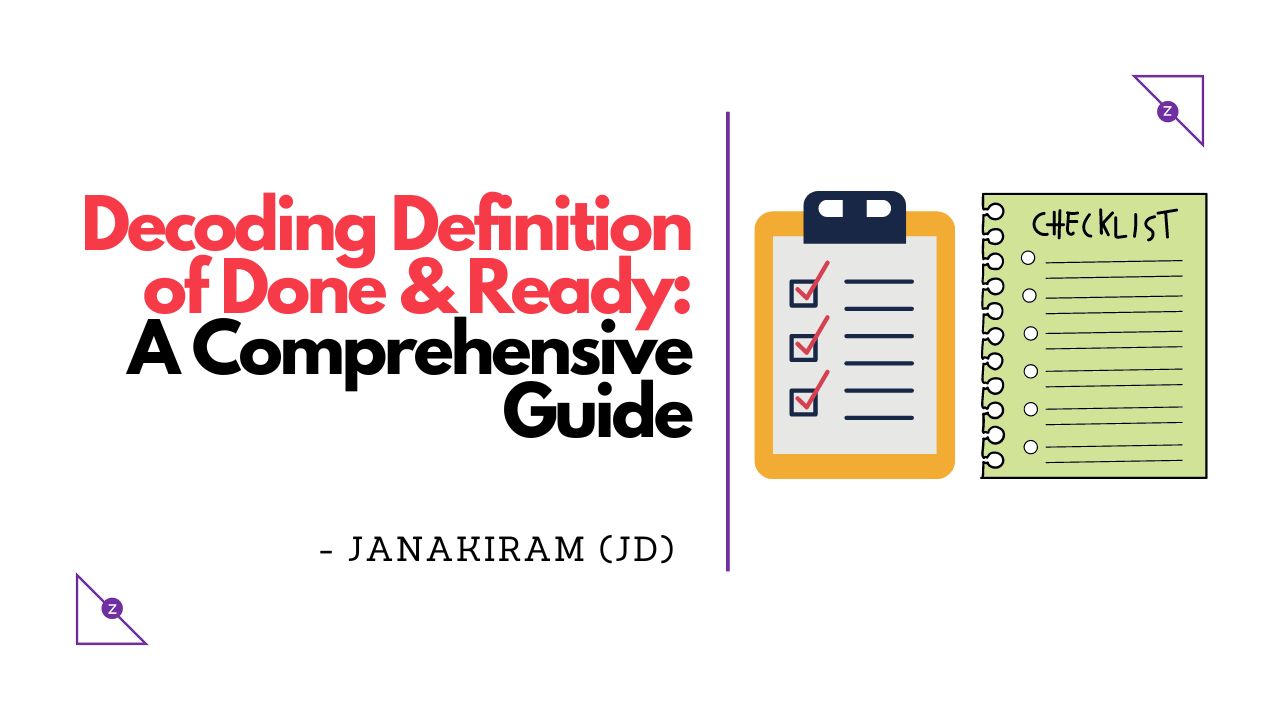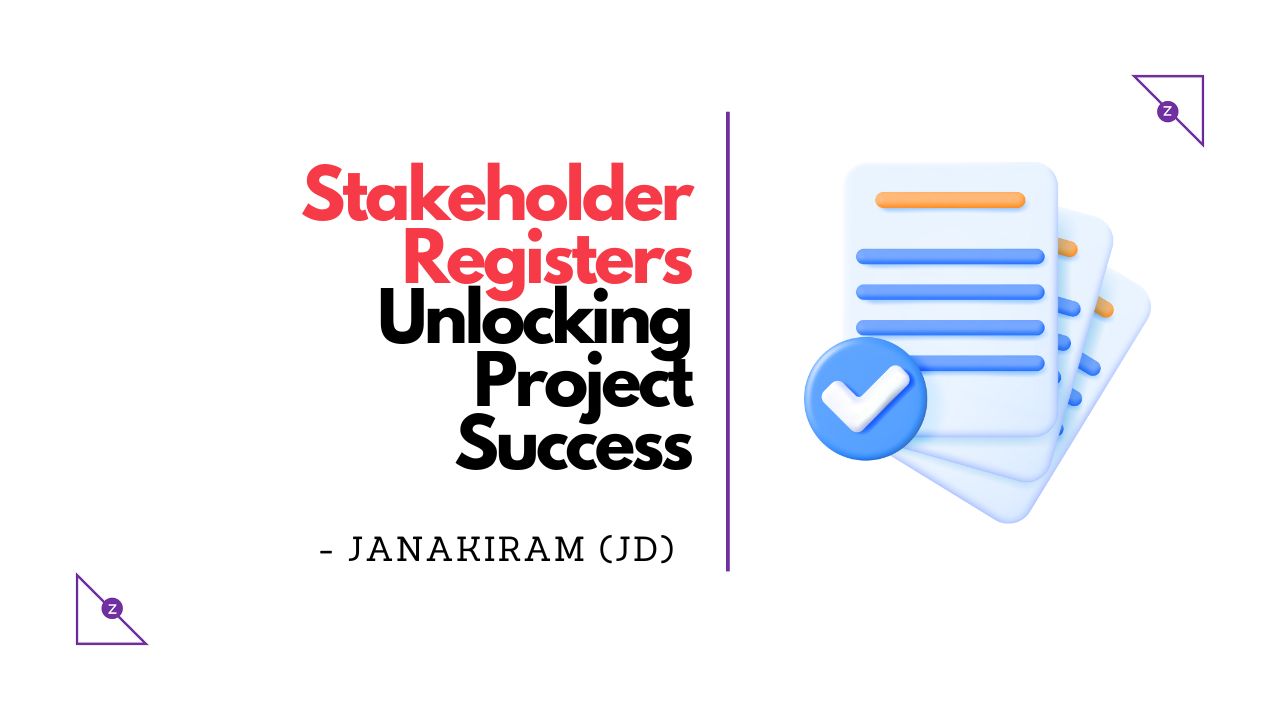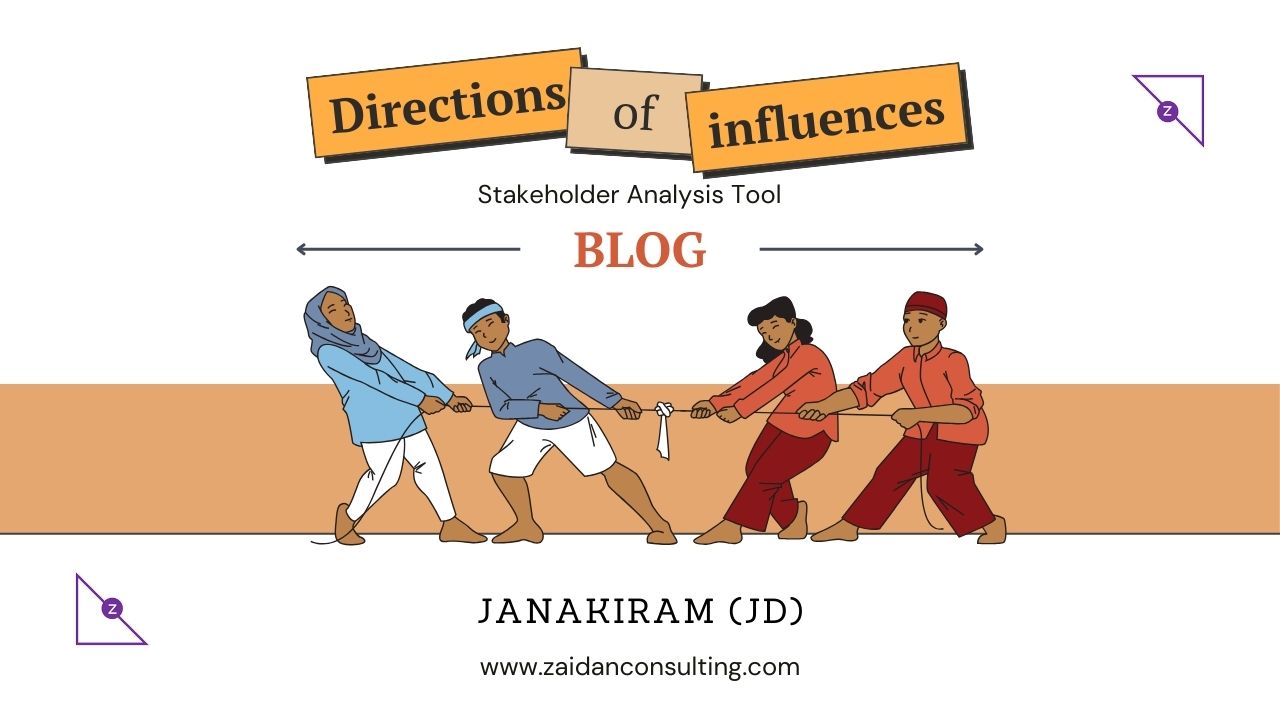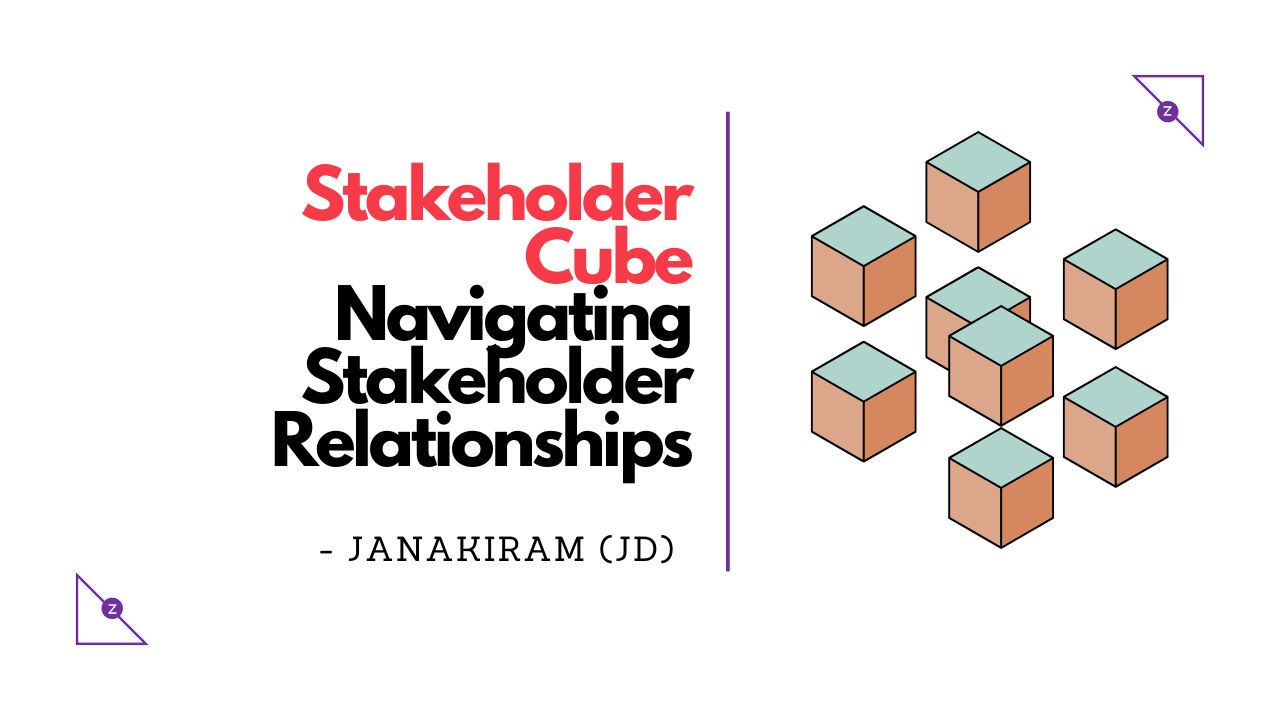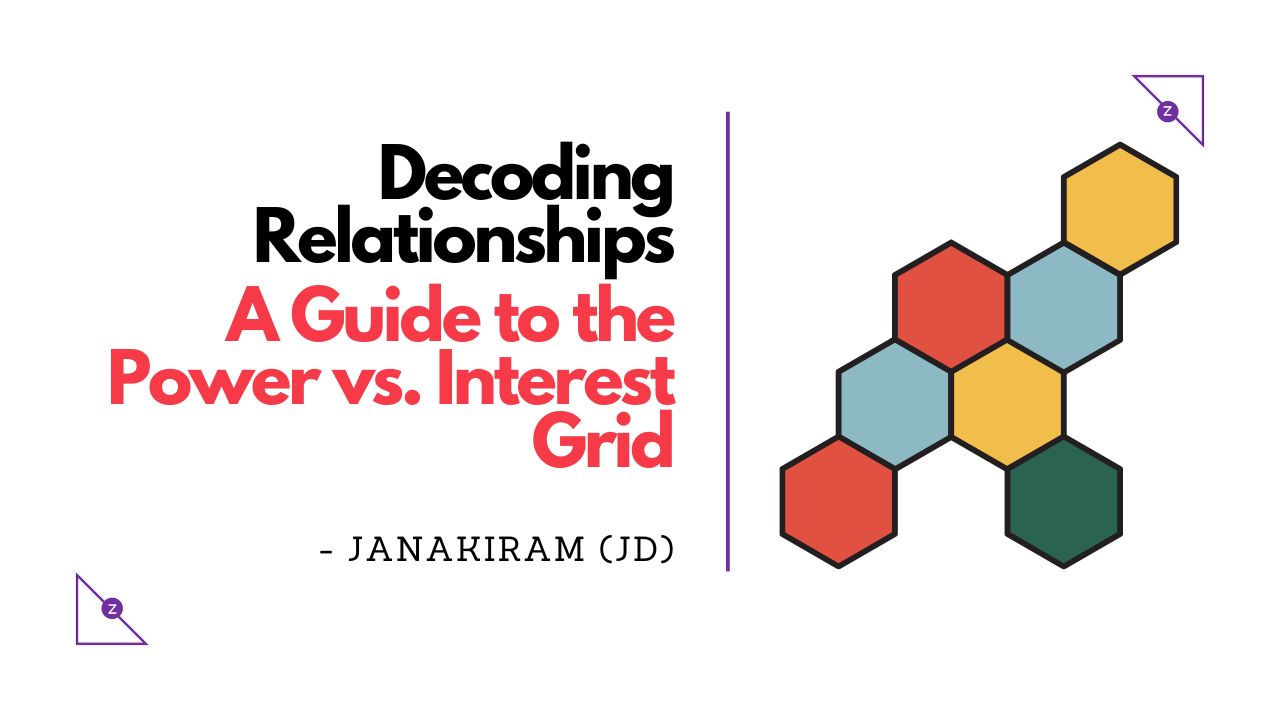Rolling Wave Planning
Rolling Wave Planning (RWP) is a project management technique that allows for detailed planning of immediate project phases while leaving future phases to be planned at a later date. This method acknowledges that not all project details are known from the start and adapts to the evolving nature of projects. This blog will explore the […]
